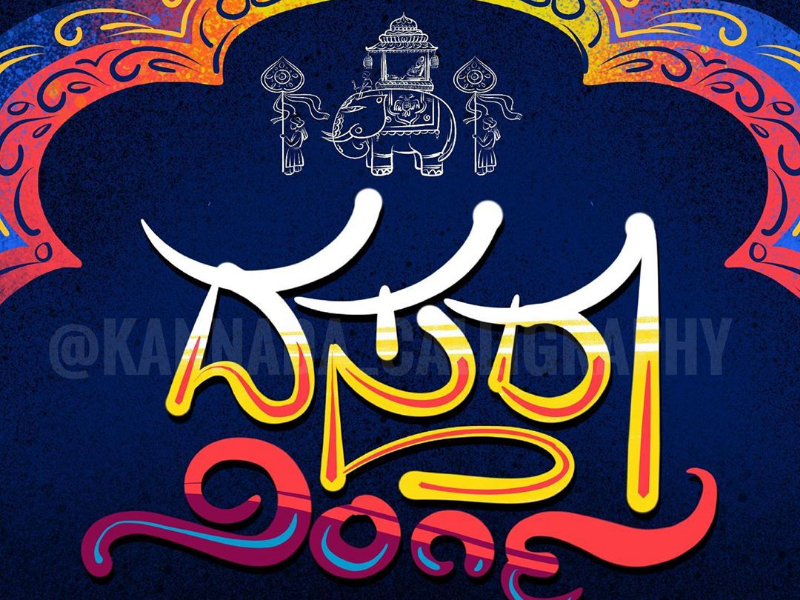

For English characters, UTF-8 uses only one byte. UTF-8 Unicode encoding can support up to four bytes to represent characters. The UTF-8 encoding is used on the Web and it is the default encoding standard used in many software programs.

There are different types of Unicode encoding with UTF-8 and UTF-16 being the most common.

It defines how individual character is represented in web pages or any other types of text files and documents. Unicode is a universal character encoding standard. Whereas, UTF-8 is one of the implementations of Unicode that includes more than 128,000 characters. ANSI is a Microsoft-related standard for character and it is used to encode Latin Alphabets. Chinese) have way more than 128 characters.What is the difference between Unicode & ANSI Kannada font?īoth ANSI and UTF-8 are encoding formats. But there's lots of problems with this approach. A business could use them for their own special encoding, or a whole country could use them for non-latin characters in their language. a "byte")? Yep, but the 8th bit was used for code pages - that is, the other 128 characters (128 + 128 = 256 = maximum number you can make from 8 bits) were used for domain-specific purposes. But isn't it the case the computers tend to like groups of 8 bits (i.e. There were 128 characters in the original ASCII specification - and that's because 128 is the largest number that can be represented with 7 bits. ASCII was (and still is) just a simple set of conversion rules to go from numbers to characters. Unicode was the solution to an increasingly important problem in the dawn of computing and the internet: How does my computer communicate with another computer on the other side of the world if that computer "speaks a different language"? One of the most popular "languages" in the early 1980s (especially in the USA) was ASCII - the American Standard Code for Information Interchange. It's the organisation that handles the international standards for converting numbers into textual characters. Okay, now on to the long explanation: The long explanation starts with an international organisation called "Unicode".


 0 kommentar(er)
0 kommentar(er)
